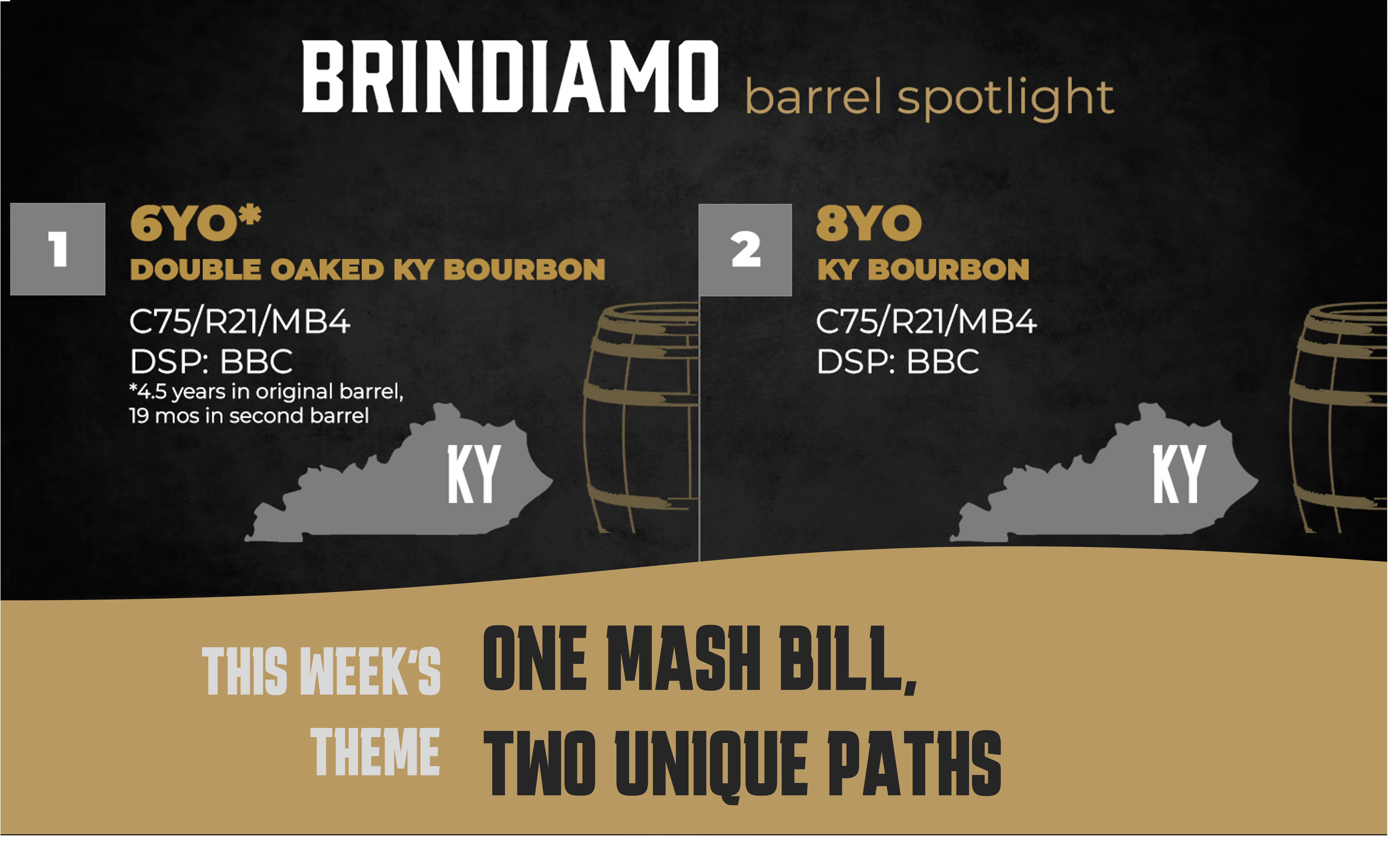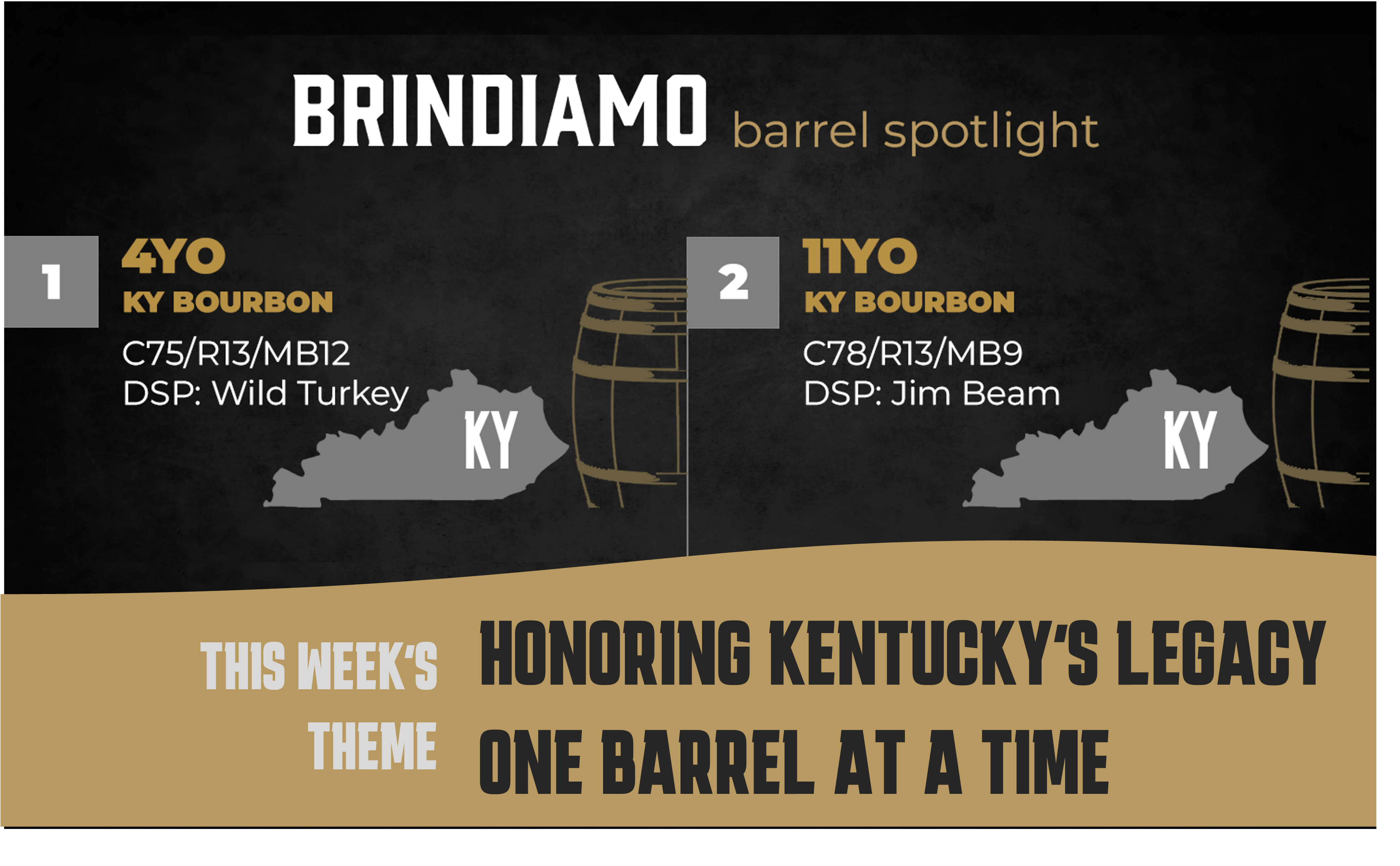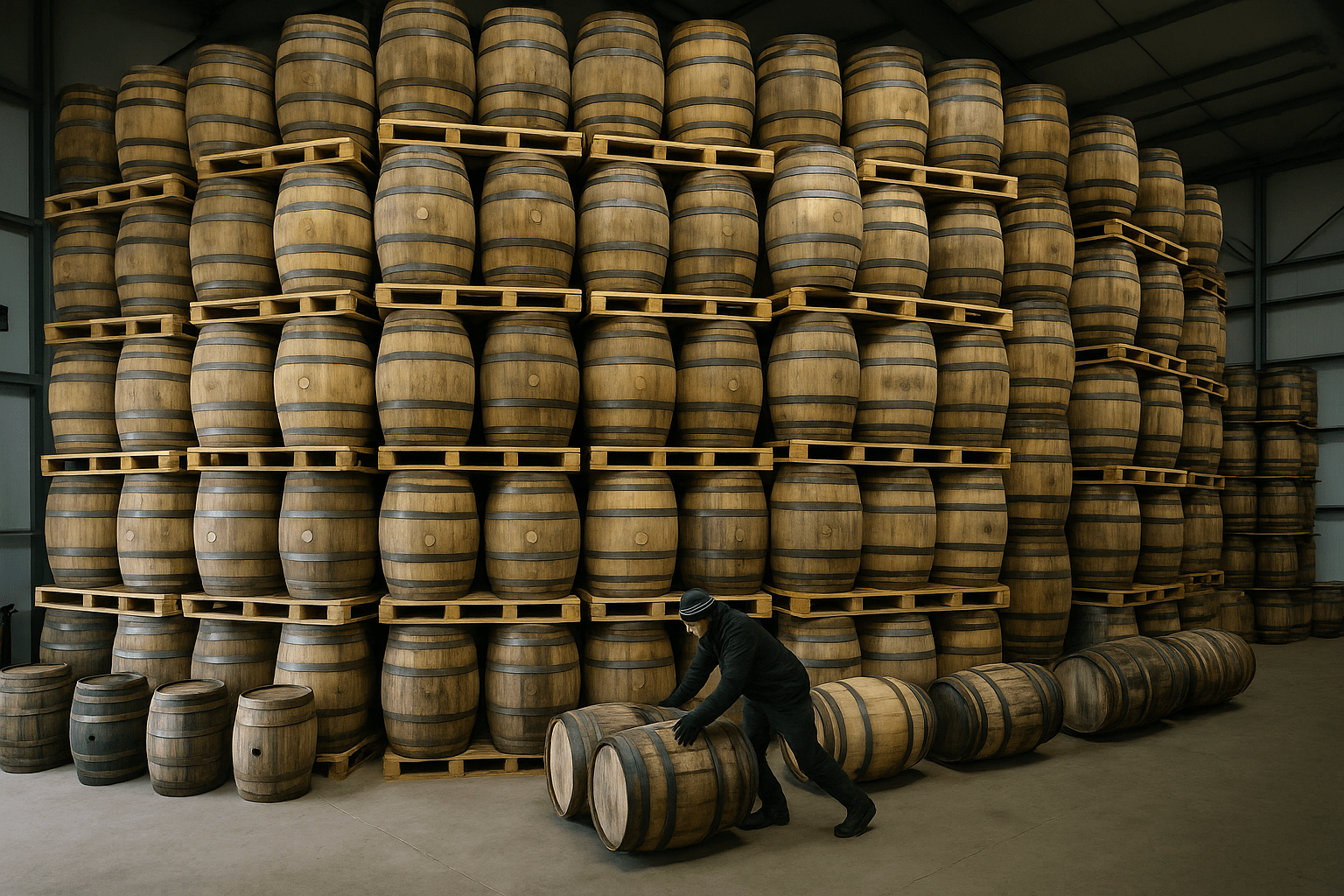Barrel Spotlight: One Mash Bill, Two Unique Paths
Welcome back to the Brindiamo Barrel Spotlight, our weekly email series highlighting the barrels, distilleries, and market dynamics shaping today’s...
%20(2)-min.png)
For whiskey enthusiasts and industry professionals, the journey of a bottle often begins with its label. It’s the first interaction a consumer has with your brand, conveying its story, heritage, and the quality of the spirit within. A well-designed label is a visual representation of your brand. It communicates your brand’s essence, whether it's traditional, modern, or innovative. At Brindiamo, we understand the importance of a compelling label design and how it influences purchasing decisions. Here's what buyers notice most and how you can create a label that stands out.
 A label provides an opportunity to tell your brand’s story, connecting with consumers on an emotional level. For instance, the Peg Leg Porker bottle, with its pig on top, embodies the brand's character and story. A premium-looking label can signal the high quality of the whiskey inside, as consumers often associate a well-crafted label with a superior product.
A label provides an opportunity to tell your brand’s story, connecting with consumers on an emotional level. For instance, the Peg Leg Porker bottle, with its pig on top, embodies the brand's character and story. A premium-looking label can signal the high quality of the whiskey inside, as consumers often associate a well-crafted label with a superior product.


Whiskey labels have some essential information they must include.
It's important to obtain a Certificate of Label Approval (COLA) from the Alcohol and Tobacco Tax and Trade Bureau and ensure all mandatory information is included and accurate and to stay updated on regulations governing whiskey labeling.
A thoughtfully designed label is an essential component of a successful whiskey brand. It's the first thing a consumer sees and plays a significant role in their purchasing decision. By focusing on authenticity, clarity, and creativity, whiskey brands can create labels that not only capture attention but also tell a compelling story that resonates with consumers. As Carey Bringle said when speaking about the label design for his brand, Peg Leg Porker, "It's the embodiment of Carey, and that carries that brand right—that is what Carey is, that's what it's about, and he carries it all the way through. It's great".
By focusing on these aspects, whiskey brands can create labels that not only comply with regulations but also effectively communicate their unique identity and quality to consumers.
While the design of a whiskey label is primarily driven by the brand’s vision, having the right support can be invaluable in bringing that vision to life. Brindiamo has worked with brands on various aspects of whiskey development, including branding and label guidance, to ensure their products make a strong impression in the market. With years of industry experience, Brindiamo provides insights to help brands navigate design trends and branding challenges.
Through close relationships with distilleries, bottling partners, and designers, Brindiamo stays informed on evolving market trends and best practices in whiskey branding. Additionally, we collaborate with retailers and restaurant chains to develop private label brands that align with their distinct brand identities, helping them craft exclusive offerings that resonate with their customers. Brindiamo offers strategic feedback and connections to refine your label and branding approach, ensuring your whiskey stands out in a competitive market.

Welcome back to the Brindiamo Barrel Spotlight, our weekly email series highlighting the barrels, distilleries, and market dynamics shaping today’s...

The market for bourbon barrels is bifurcated. Over the course of the last 24 months, the conversation has shifted from how to find whiskey to how to...

Welcome to the Brindiamo Barrel Spotlight, our weekly series celebrating the barrels, distilleries, and market dynamics shaping today’s whiskey...

The alcohol industry is as competitive as it is exciting. Whether you’re launching a new craft spirit, revitalizing a legacy label, or expanding your...

The alcoholic beverage industry presents significant profit potential, attracting many aspiring entrepreneurs. This expansive industry offers...

Emerging Trends in Barrel Storage, Risk Management, and Cost-Effective Solutions
Join the conversation
Leave a comment below.